Proper Ball Valve & Seacock Installation for your Boat's Plumbing System
When assembling your boat's plumbing system, there are many different combinations of valves and fittings that can be used. If you're doing this type of work, it is important that you understand the various types of valves that are available, and that you also understand which combinations are right for each application or situation. Some combinations of fittings and valves are safer and more effective than others, and there are some combinations that should never be used. Read on to better understand how to put your boat's plumbing system together in the best way possible.
Types of Plumbing Valves and Fittings
We highly recommend plumbing fittings manufactured by Groco, who has been providing innovative, high-quality mechanical solutions since 1918. Groco offers a collection of plumbing valves and fittings for your boat that allows you to build a complete plumbing solution. Here's what they offer...
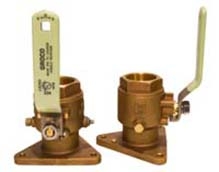

The FBV series of flanged seacock features a full-flow ball valve and a triangular mounting base. The FBV valves are non-serviceable.
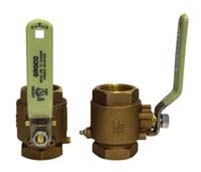

The IBV series of inline ball valves are full-flow valves with female NPT threads. The IBV valves are non-serviceable.
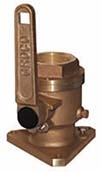

The BV series of flanged seacock features a full-flow ball valve and a triangular mounting base. The BV valves are serviceable when installed.
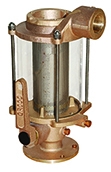

The BVS series of seacock/strainer combination is the perfect solution for those applications where space is a concern. The BVS strainer/valves are serviceable when installed.
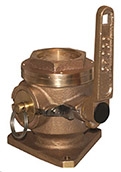

The SBV series of flanged seacock allows for instant emergency bilge pumping, a simplified winterization process, and convenient cooling system flushing. It includes a full-flow valve and triangular flance, and it is serviceable.
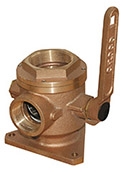

The SBV-P series of flanged seacock allows for instant emergency bilge pumping, a simplified winterization process, and convenient cooling system flushing. It includes a full-flow valve, an NPT-threaded side port and triangular flance, and it is serviceable.
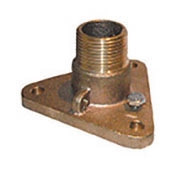

The IBVF flange adaptors help solve several installation challenges, including thread mismatch between ball valves and thru-hulls, valve damage during installation, and dangers of large loads on inline ball valves.


BB series backing blocks are designed to eliminate the guess work and to make the installation of flanged seacocks simple, safe and hassle free.
Proper Seacock Installation


There are two commonly acceptable methods for installation of a seacock. The first method involves bolting through the flange, backing block and the hull. The second method involves bolting through the flange and into the backing block, but not through the hull. Both methods are considered safe an secure installations.
In Figure 1, the left bolt demonstrates the first installation method where the bolt goes through the hull. The right bolt demonstrates the second installation, where the bolt does not impact the hull.
For comprehensive instructions on proper installation of seacocks on your boat, please refer to this technical bulletin from Groco.
Inline Ball Valves (and the Problems They Create)
We do not recommend that inline ball valves be used as seacocks on their own. Inline ball valves do not have any means of attachment to the hull or backing block, which means the valve can turn or loosen from the thru-hull as the result of vibration or even during normal use. Additionally, if a thru-hull becomes damaged or broken as the result of striking an object in the water, there would be no way to shut off the flow of water into the boat. Finally, inline ball valves typically have NPT threads, which will not properly mate with the standard NPS threads found on thru-hulls (unless the thru-hull is machined with a combination thread that accepts NPT threads). A mismatch of threads can result in an unsafe installation; damage to the boat or personal injury could occur.
Figure 2 illustrates an inline ball valve installation with a thru-hull, and as you can see, the lack of attachment from the valve to the thru-hull can result in a weak connection and a dangerous situation.
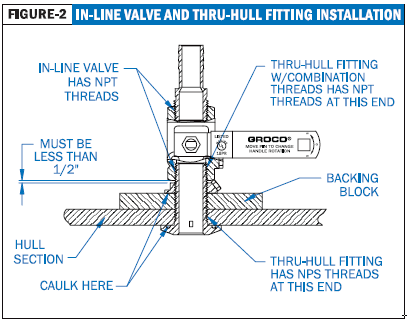

Making Inline Ball Valves Work Better
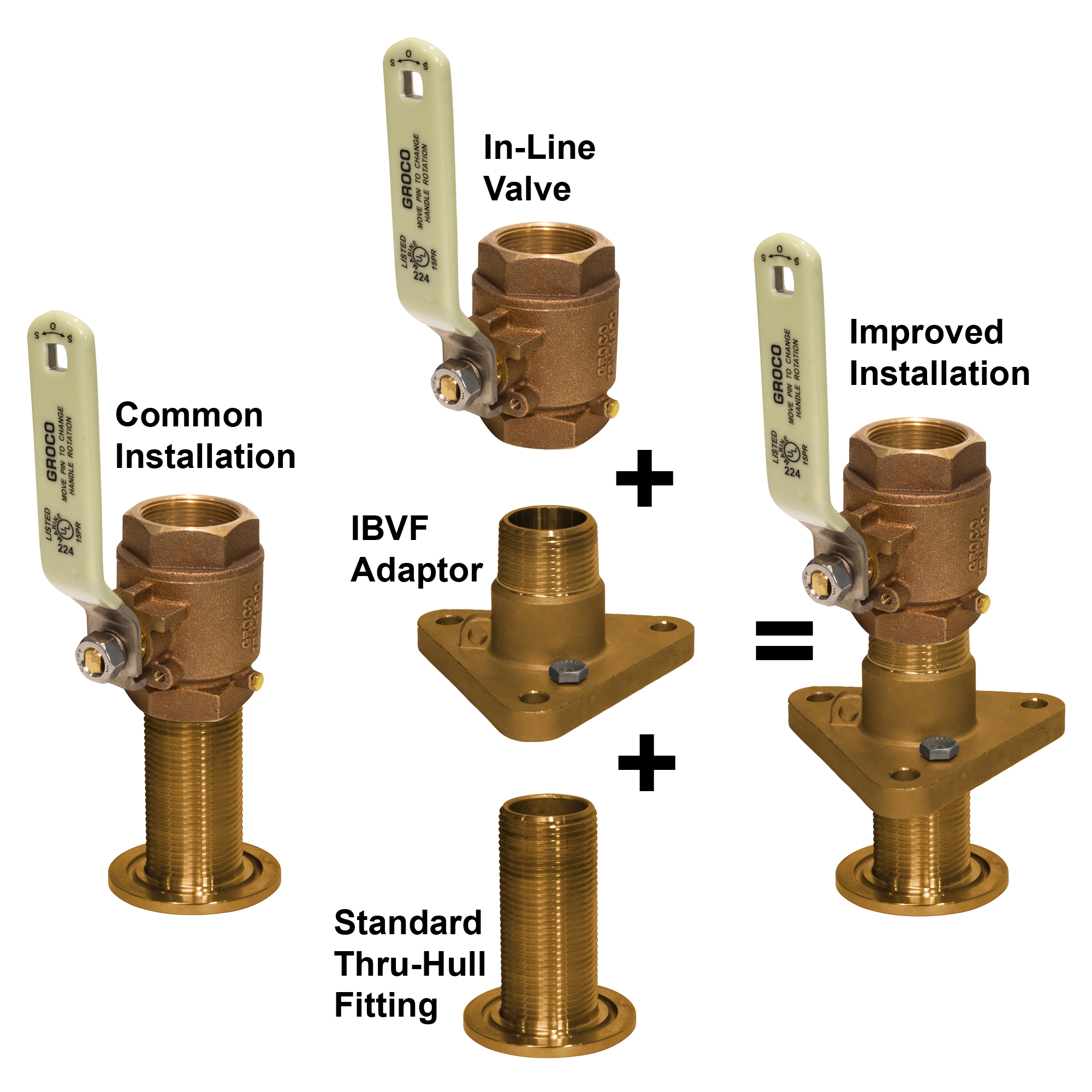

There is a solution that will allow you to use an inline ball valve in place of a seacock while avoiding many of the issues that it creates. An IBVF flange adaptor creates a larger surface that can be used to properly attach to the backing plate. The flange adaptor will also spread out the load to a larger surface, which will provide a safer installation. It properly connects to the thru-hull with NPS threads and to the valve with NPT threads, so there will not be any mismatch of threads during installation.
In fact, installing an inline valve with the IBVF flange adaptor makes future maintenance easier than a standard seacock installation. By using this configuration, you can replace a failed valve by simply spinning on a new one. There will be no need to replace a permanently installed thru-hull, backing block or flange adaptor.
As you can see in the provided illustration, using a flange adaptor with your inline valve will improve the safety and the efficiency of the installation.
There are many other variations of installations besides the simple ones we've shown in this article. From low-profile solutions to strainer/seacock combos and so much more, our folks can help you identify the right solution for your application. Plus, we offer a variety of thru-hulls, fittings, valves, strainers and more to achieve whatever plumbing solution works best for you. So, if you need some assistance, feel free to give our ABYC-certified experts a call at (866)388-0390.


